Notes on Rifle Suppressors (Part Two)
Conspicuous Attributes
feature By: Layne Simpson |
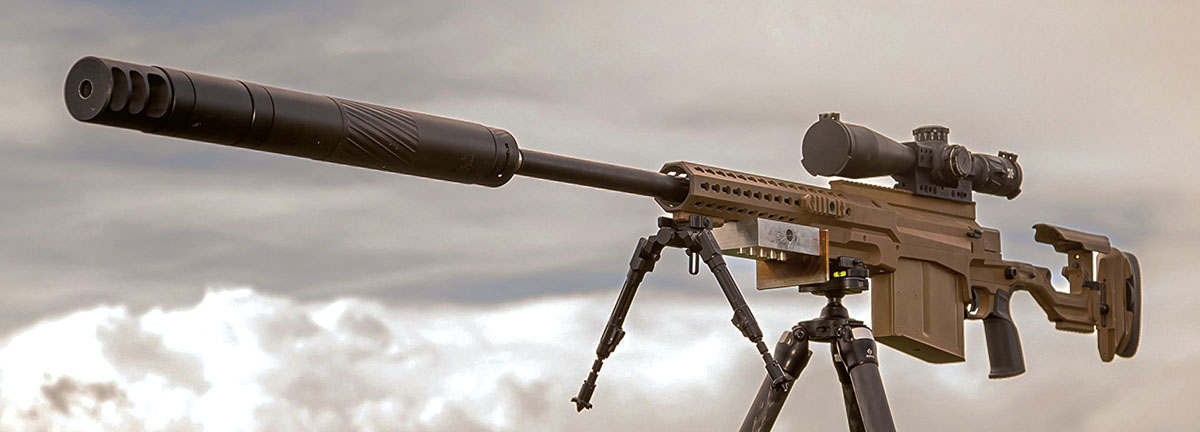
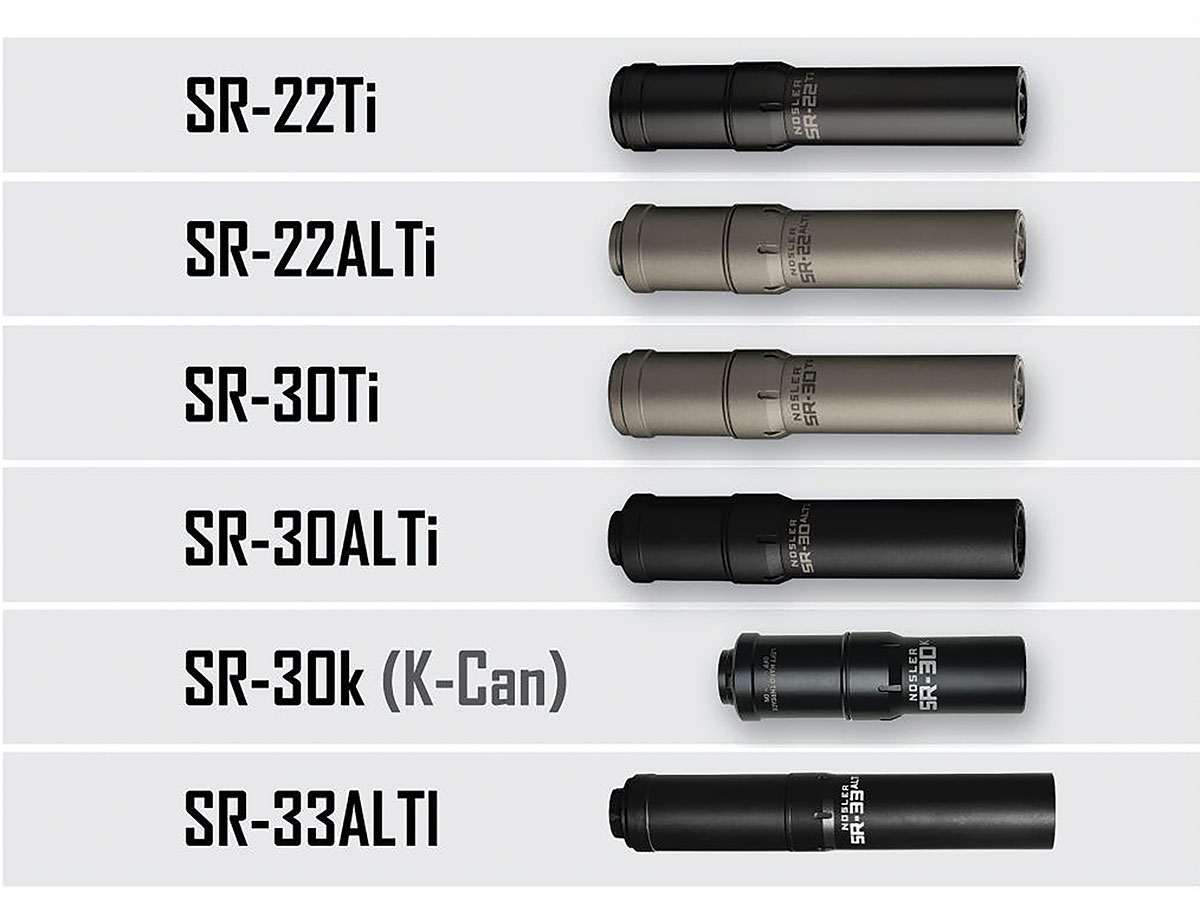
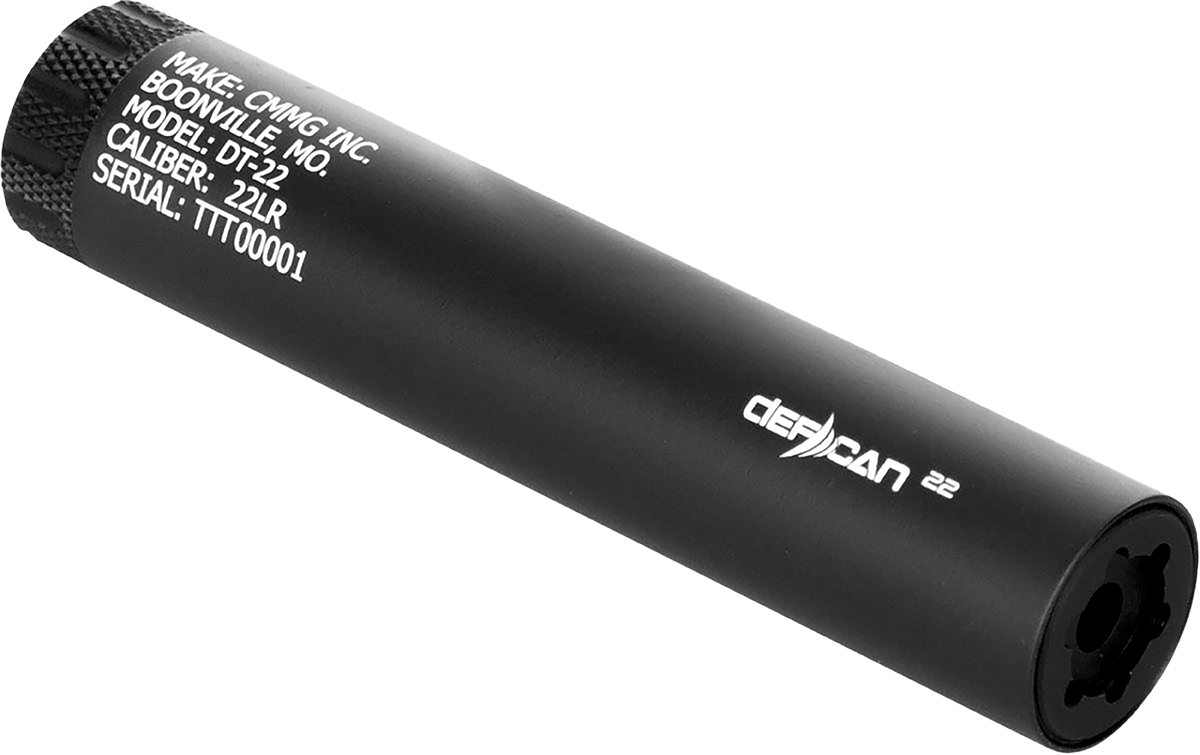
Extremely light rifles such as the Howa Model 1500 Superlite, Wilson Combat NULA 20 and Kimber Mountain Ascent are perfect candidates for suppressor wear. According to my digital postal scale, the Howa Superlite in 7mm-08 weighed 4 pounds, 11 ounces. With a Talley 2-piece lightweight mount holding a Swarovski 4-12x 50mm scope with a one-inch tube in place, a lightweight nylon sling attached, three cartridges in the magazine and wearing the seven-inch version of a Banish 30 Suppressor, the hunt-ready weight of the little rifle was 2 ounces shy of 7 pounds. A custom rifle is another popular option. With a light scope and a Nosler SR-30ALTi suppressor attached, my Lightweight Strata with a 26-inch barrel in 257 STW built by Lex Webernick of Rifles, Inc. on a lightened Remington Model 700 action weighs just 6 pounds, 10 ounces.

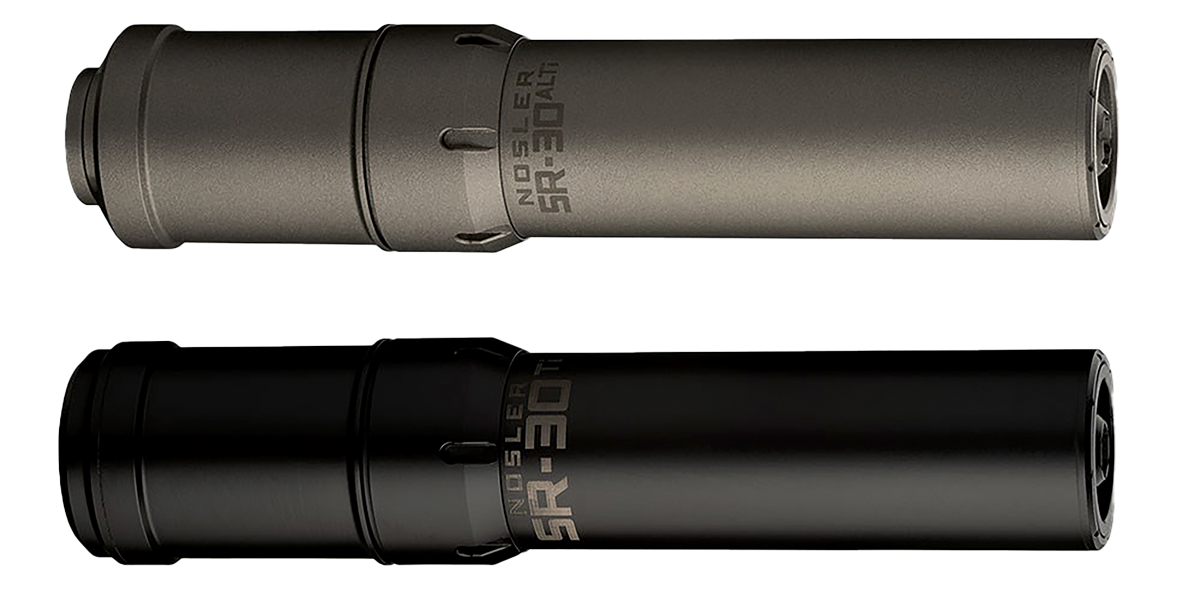
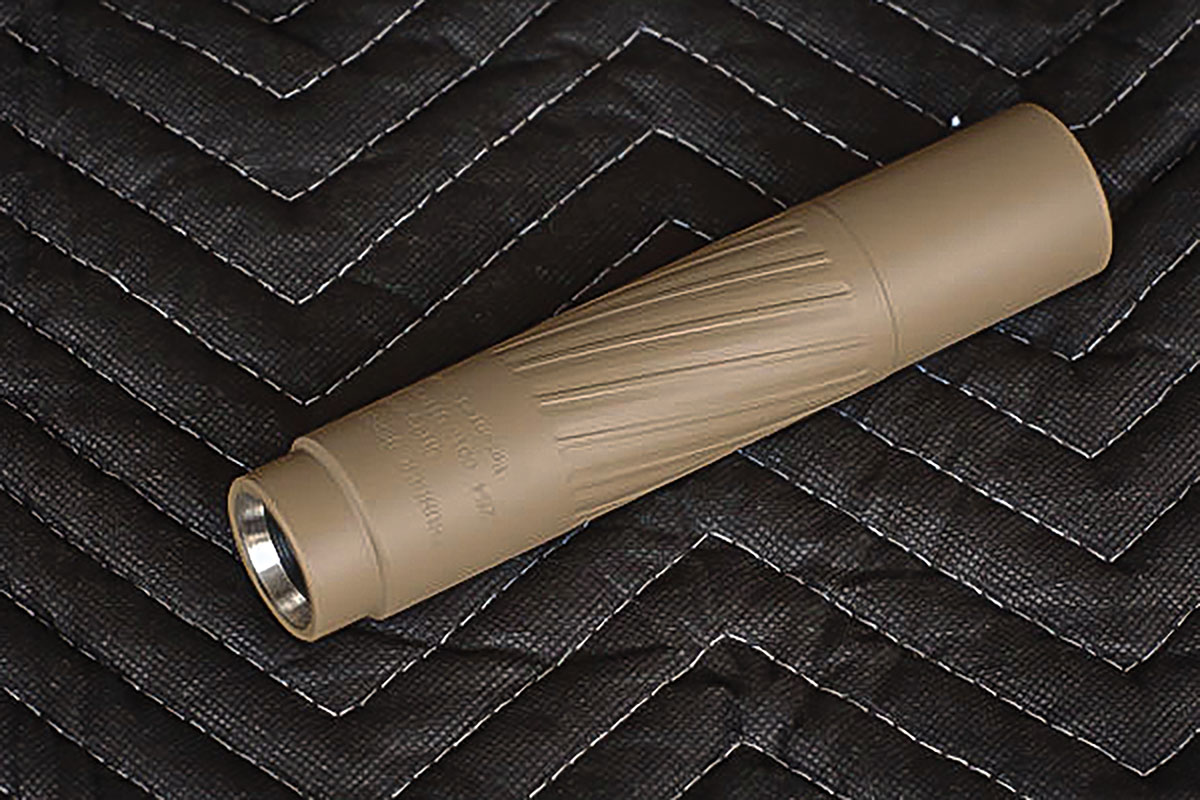
Recoil Reduction
Attaching a suppressor to a rifle reduces recoil by momentarily capturing high-velocity propellant gas and slowing it down a bit prior to its escape into the atmosphere. In other words, it reduces what some describe as the jet effect. Secondly, and while I have no scientific evidence to confirm this, I am convinced that force applied against the baffles inside a suppressor by propellant gas traveling faster than the bullet tends to push a rifle forward, thereby reducing its push against the shoulder of the shooter. Some suppressor designs put the double-whammy on recoil by allowing the use of a muzzle brake as well. My Nosler SR-30 Ti and SR-30 ALTi suppressors can be installed directly to the barrel of a rifle by using the 5⁄8x24 adaptors that came with them. Removing the adaptor reveals 7⁄8x28 interior threads of the suppressor that match those on the exterior of a titanium muzzle brake available from Nosler. In other words, the brake is totally contained by the suppressor, and at 2.2 ounces, it adds very little weight. After trying the combination on several rifles, I am sold on the idea. Just before writing this, I used the SR-30 ALTi on a Savage Model 110 KLYM in 6.5 PRC, and the recoil felt about the same as shooting a non-suppressed rifle of the same weight in 6.5mm Creedmoor. With the suppressor and brake attached, the recoil was further reduced to what my shoulder perceived as 243 Winchester level.
Accuracy
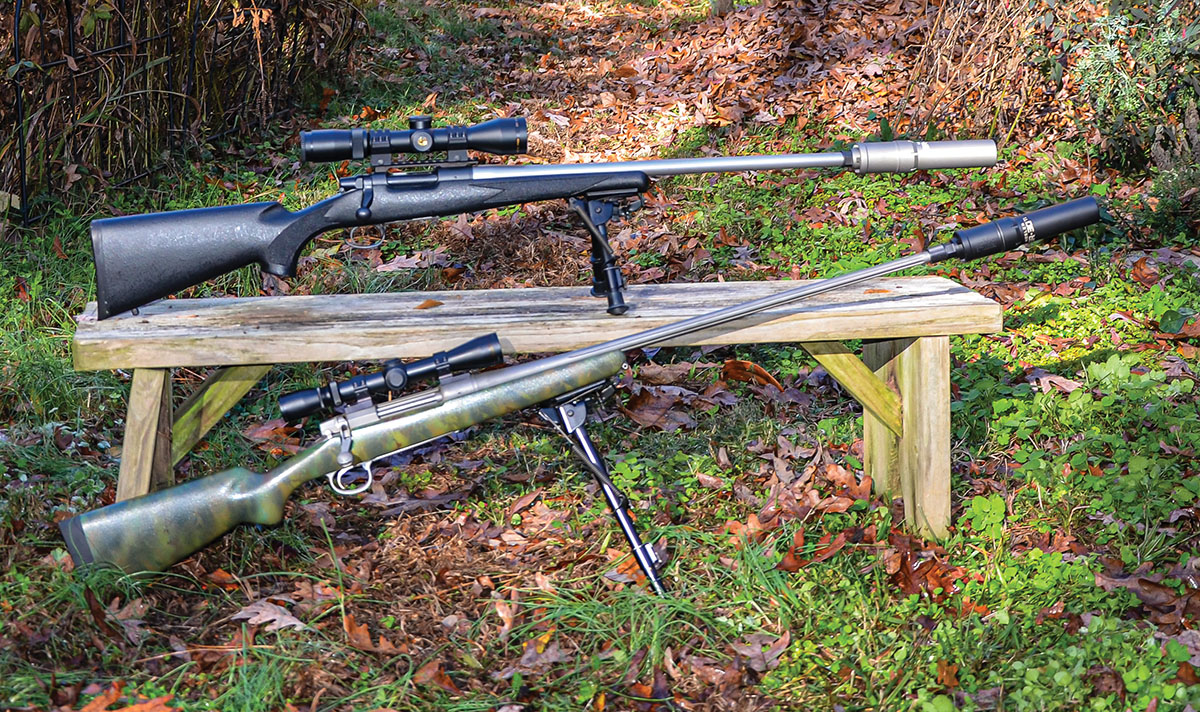
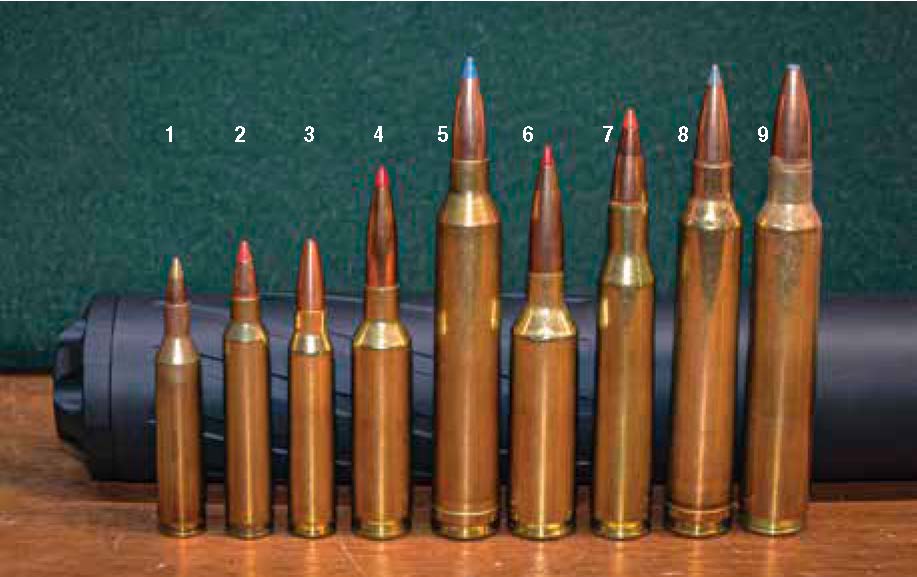
Adding weight to the end of a barrel will often lower the bullet point of impact, and it may add a bit of windage as well. The thinner the barrel, the more it is likely to change. If the barrel is a good one, the shift will likely be repeatable so recording scope adjustments required with and without the suppressor is a good thing to do. Keep the following in mind when a rifle is zeroed with a suppressor and then the two are separated for storage. When the can is reattached to the rifle, the first shot will sometimes be off zero, but if the barrel is a good one, it will return to zero on the second shot and stay there. If the barrel is exceptionally good and loves its suppressor, the first shot with the can will be dead on the money.
Material Options
An all-steel suppressor will usually be rated for full-auto firing, but for most shooters, this is not a deciding factor. The downside is weight, which matters most to those who enjoy climbing mountains and carrying a rifle far. PRC competitors and serious prairie dog shooters love steel cans.
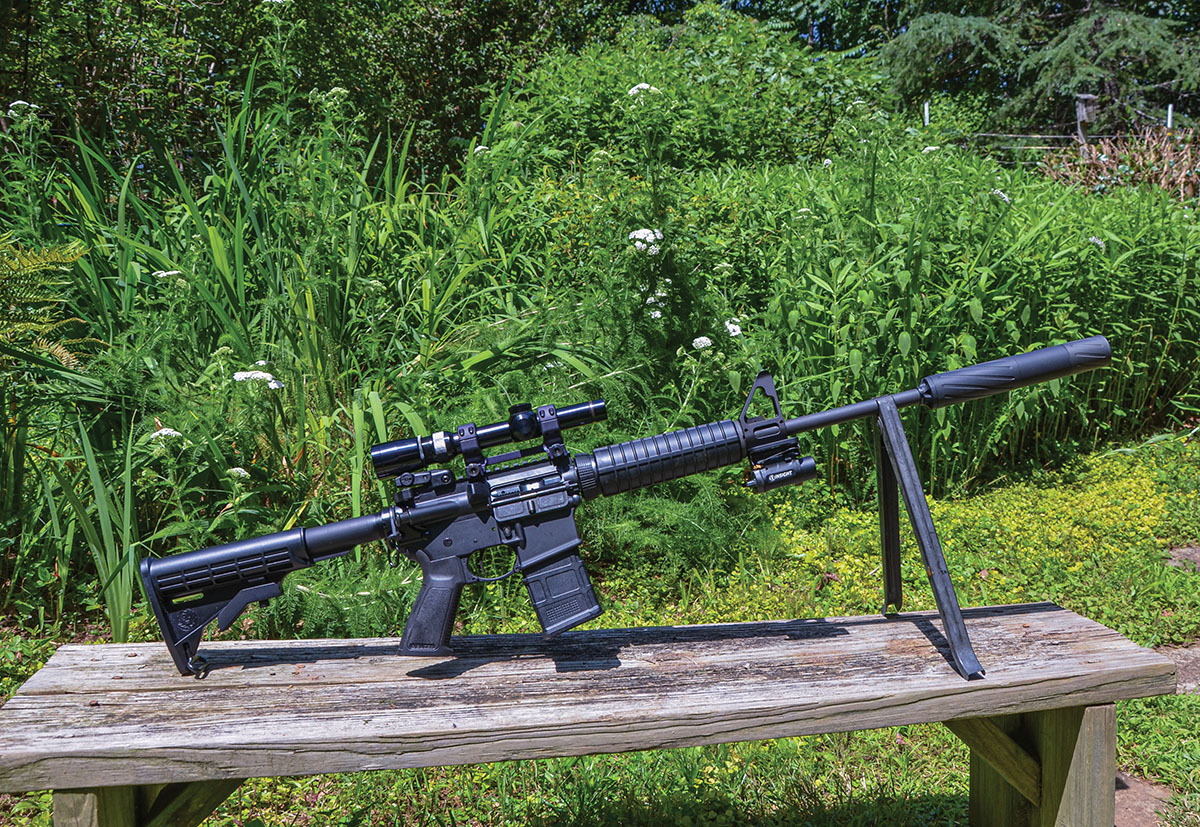
Aluminum is about 10 percent lighter than titanium. At present, Nosler is one of the few companies offering a hybrid mix. Doing so makes a surprising difference in weight. Except for their material makeup, the company’s SR-30Ti and SR-30ALTi suppressors are identical in length and diameter, yet the former weighs 13.1 ounces versus 9.2 ounces for the latter. I have both, and while a quarter pound does not sound like much, when attached to rifles weighing the same and with barrels of the same length, I can close my eyes and tell which has the SR-ALTi attached to the end of its barrel.
While aluminum has the edge in weight, it cannot handle as much heat so Nosler’s maximum recommended operating temperature for the SR-30ALTi is about 45 percent lower than for the SR-30Ti. For this reason, it does not have the full-auto rating of the SR-30Ti, but as already stated, this does not matter to most shooters. There is one other thing. The all-titanium suppressor is a better choice for quickly running through the 30-round AR-15 during a 2-gun match. For roaming groundhog country and for big-game hunting, where mountains are both steep and high, the hybrid is the way to go.
Calibers
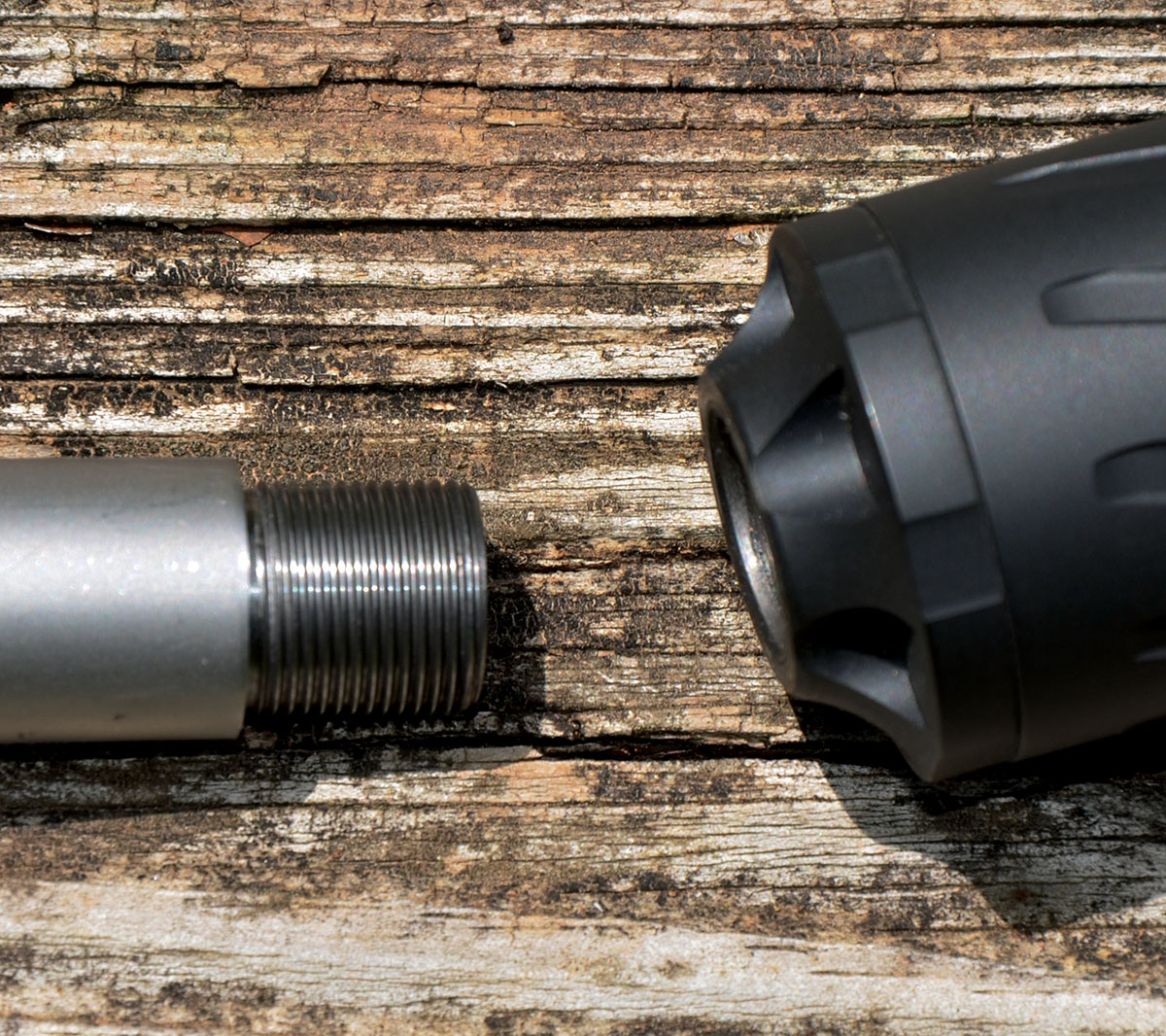
Moving on to bigger things, .30-caliber cans are the most popular because they work great on everything from, say, the 300 Remington Ultra Magnum and 30-378 Weatherby Magnum down to the 17 Remington and 204 Ruger. Those of .338 caliber and .46 caliber are also quite suitable for multiple-caliber use, with the latter just the ticket for deer rifles chambered for the 45-70, 360 Buckhammer and 450 Bushmaster. Going even bigger, Thunder Beast offers one specifically for rifles chambered for the 50 BMG.
As a rule, the degree of sound mitigation of a multi-caliber suppressor lessens slightly for each step down in rifle caliber, although the difference is seldom enough for me to notice until I get to the 17 Remington, and even then, I have to listen hard. The 6.5 Creedmoor, 6.5 PRC and others using that bullet diameter have become popular enough for Thunder Beast to offer a 6.5-caliber can, which is also used with cartridges down to the 17 Remington. My .30-caliber Banish 30 does a very good job of silencing various subsonic loadings of the 22 Long Rifle, but cleaning out the gunk takes about 10 times longer than the shooting. A polymer coating on the bullets of CCI Clean-22 Suppressor ammunition is supposed to reduce lead deposits by 60 percent and while that’s good news, 40 percent of 22 Long Rifle fouling is still a lot. If thousands of rounds of 22 Long rifle ammunition are fired each year, a suppressor built specifically for it is worth the cost because most are also easily disassembled for cleaning.
Attachment Methods
There are several ways of attaching a suppressor, and space limitations do not allow me to cover all of them. Perhaps the most common is matching threads at the muzzle of the barrel and in the suppressor. Commonly described as a direct-thread design, the suppressor is rotated until its rear end rests snug against a shoulder on the barrel. It is also the simplest and least expensive attachment method and takes no longer to install than screwing on a muzzle brake.
Direct-thread suppressors of American make intended for use on .22-caliber rifles usually have 1⁄2x28 threads, while those of .30-caliber are usually 5⁄8x24. A 30-caliber suppressor can be attached to a rifle in 5.56mm/223 by using a 1⁄2x28 to 5⁄8x24 adaptor. I use direct-thread .30-caliber suppressors with 5⁄8x24 threads on all rifles ranging in caliber from 17 Fireball to the 300 magnums and have a small collection of adapters with the most-used being 1⁄2x28 to 5⁄8x24 and 7⁄16x28 to 5⁄8x24. The adaptor goes on the rifle first and the suppressor is attached to it. When placing an order with E.R. Shaw for a matching pair of varmint rifles with quick-twist barrels in 22-250 and 22 Creedmoor, I eliminated the need for attaching adaptors by specifying 5⁄8x24 threads.
Some suppressors with 5⁄8x24 threads come with a 1⁄2x28 to 5⁄8x24 adaptor, with the Banish 30 from Silencer Central as an example. Others don’t. Adaptors are available from several sources, including Down Range Products, Silencer Central, SilencerCo and Hughes Precision. The muzzle of my Rifles Inc. Lightweight Strata in 257 STW has 7⁄16x28 threads, the same as on lightweight mountain rifles built by Kimber. The suppressor I use on the 257 STW has 5⁄8x24 threads and none of my online searches found a 7⁄16x28 to 5⁄8x24 adapter in stock. I finally located one online at CN-Factory without realizing the company is in France. The adapter was at my house 13 days after I placed the order. Vive la France! Rifles of calibers larger than .30 can have a number of different thread patterns.
If your rifle is not suppressor-ready, seek out a competent gunsmith who has experience in threading barrels. If the new threaded section is not perfectly concentric with the bore of the barrel, a bullet can seriously damage the suppressor by striking its internal parts. Hence, it is not a job to be performed by the inexperienced. Expect to pay $150 to $200 for the threading plus the return cost of insurance and shipping. Discuss the job with the gunsmith before sending the rifle. For a turn-bolt rifle, only its barreled action sans bolt and trigger should be sent. If you are uncomfortable with removing the trigger, reinforce both sides with wood strips a bit longer than the entire trigger assembly. Rubber bands and several wraps of strong tape should hold the reinforcement in place. If an AR-15, send only the upper. Shipping in a hard case is best, but due to the required disassembly, the charge will be higher if the entire rifle is sent. Rifle builders who have done excellent work for me are Don Fraley of Advanced Weapons Technology in Russell, Kentucky (606-923-4565) and Lex Webernick of Rifles, Inc. in Pleasanton, Texas (830-569-2055).


